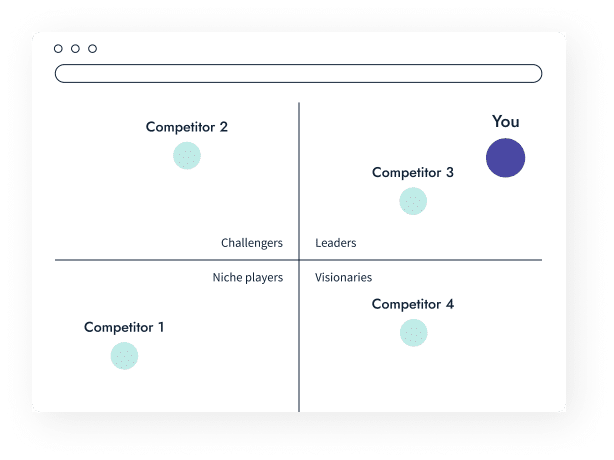
Valuable
The key to making SEO-worthy content for a new startup is to ensure you are adding value. If the content is thin, your target audience is likely to click away or make another search. When writing your copy, keep in mind that you should be adding something new to the topic. Value often comes from answering questions that have not been adequately answered elsewhere.

















